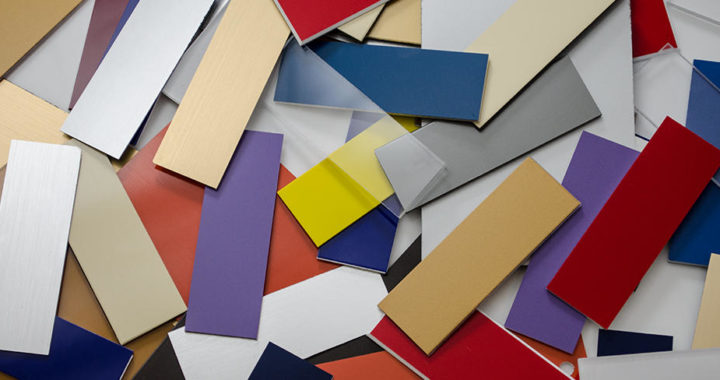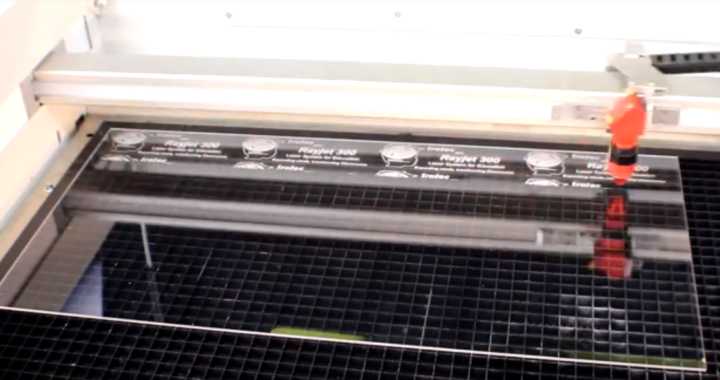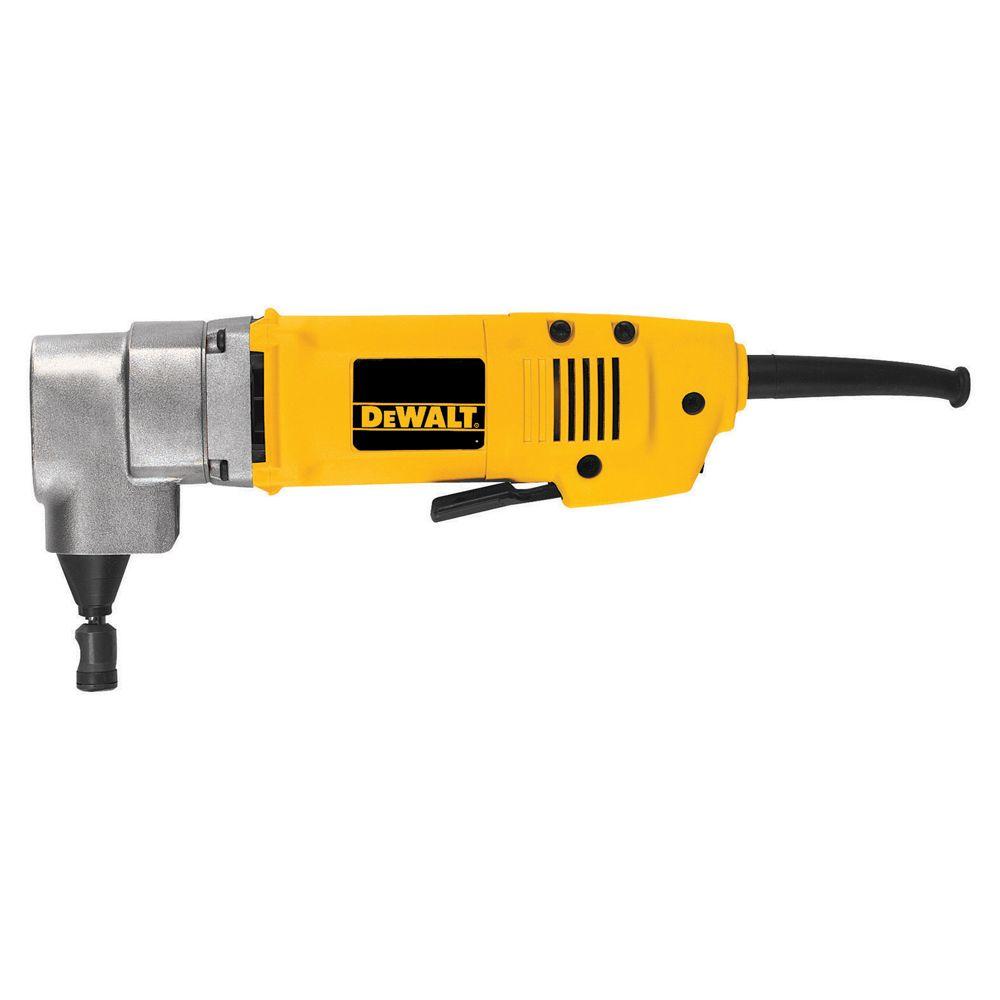Tool Location
Laser Cutters
Tool Type
Additive

Overview
Lasers are incredibly powerful tools for fabrication, but not all materials are suitable for lasering. Some materials can’t be cut with a laser and some others will produce toxic fumes if lasered. This article contains information on acceptable and unacceptable materials for the laser.

Materials
Acceptable Materials:
Here is a table that lists the possible laser operations that can be performed on common materials:
Note:
1-In order to mark any of the metals mentioned above, an additional laser marking ink called CerMark must be painted onto the surface to be marked. Note that only a thin layer of CerMark is needed, applying more CerMark will not give better results. For more information on all the different types of metals that CerMark can and can’t work with, see CerMark.
2-Any metal that’s anodized has a thin coat on it. When you laser engrave an anodized metal, you’re burning off the coat and revealing the metal beneath. You can use cermark for the non-anodized part of the metal after you have already burnt it off.
3-If glass is subjected to a laser with high power settings, it’ll overheat and break. Thus, when laser engraving glass, it’s recommended to have low power settings (10-50 power) and fairly high speeds (50-100 speed).
4-Nearly all types of fabric can be laser engraved, marked, and cut. However most fabrics, such as cotton and polyester, does not have a good-looking finish when engraved or marked, so it is not recommended.
5-Commercial leather is chemically tanned which includes chromium and chlorine (which release toxic chemicals when lasered). Therefore, only light engraves should be done on leather.
6-Most types of paper is very thin so low power is recommended for engraving (1-20 power), otherwise it’ll burn through the material.
7-Most plastics such as ABS, PLA, PTFE does not engrave/cut well with the laser since they either release toxic fumes or melt terribly in the laser cutter. Some other plastics however, (most notably acrylic) works very well with the laser. So, if there is an unknown plastic part that a user want to laser cut/engrave, conduct research on it and consult the Laser Master before giving consent.
Unacceptable Materials:
The following materials cannot be used in the laser engraver since they release toxic fumes that can potentially harm the laser and the user when engraved or melt and stick to the laser:
- PVC and Vinyl contain chlorine which releases toxic fumes when subjected to a laser.
- Carbon Fiber
- Polytetrafluoroethylenes such as PTFE /Teflon
- PTFE is commonly found in milk jugs, and Teflon is the non-stick coating found on most frying pans
- Leather and artificial leather that contains chromium (VI)
- Polyvinyl butyrale (PVB)
- Beryllium oxide
- Any materials containing halogens (fluorine, chlorine, bromine, iodine and astatine), epoxy or phenolic resins
Additional notes:
- Polycarbonate creates toxic fumes when subjected to a laser. Note that Acrylic bought from Home Depot will contain a significant percentage of polycarbonate and should not be used in the laser.
- Pink Insulation Foam and nearly all types of foam should not be used in the laser since it contains polyurethane and will melt if subjected to a laser.
Safety Features
- If material is constantly flaming, stop the job immediately and wait for the fire to die down. If the fire is continuously burning, shut the exhaust valve for the laser cutter, get the fire extinguisher and spray just enough to put the fire out. Report the incident to the Laser Master.
- If the material is unknown and it could potentially be a hazardous item to laser cut, do not laser cut it. It is best to not take any risks and avoid any potential damage to the laser cutter.
- If the material being lasercut is releasing a very pungent odor, exuding blackish, grayish soot, and carbonizing, stop the job immediately and wait for the exhaust to clear away the smoke. If possible, put on a respirator, opent the laser cabinet and throw away the material.
How To Use This Tool
- Ensure that material being used is safe and acceptable to laser cut.
- Place material into laser cutter.
For information regarding clean-up of laserable materials from the laser cutters, see Speedy 300 or Speedy 400
Material won’t fit into the laser:
- Unfortunately, if the material doesn’t fit within the parameters of either the Speedy 300 (17”x 29”x 12”) or the Speedy 400 (24”x 39”x 12”), then it has to be slimmed down using another piece of equipment first.
Don’t know if material is acrylic or polycarbonate:
- The easiest way to check is to break off a corner of the material, if it snaps off easily and leaves a clean mark (no bent corners), then it’s acrylic. Polycarbonate pieces will be quite flexible and hard to break off.
- Otherwise, they can tell by cutting one of the test squares on the material. If it cuts cleanly with no or minor discoloration, it’s acrylic. If it leaves behind curled, discolored edges, it is polycarbonate.
Material is not being cut all the way through:
- First, check the thickness of the material. If it is very close to 0.5”, it may not cut all the through because by that point the laser loses most of its focus and can’t go much further. It is recommended to use a saw or another similar piece of equipment to cut through the small amount of material left.
- If the material being cut is much thinner than 0.5” but not cutting all the way through. Check the status of the mirror and the lens which may be clouded or burnt. If clouded or slightly burnt, clean them and put them back on. Otherwise, replace with new lens/mirror. For more information on this topic, see the troubleshooting section under Speedy 300 or Speedy 400
References:
Materials not suited for laser processing. (n.d.). Retrieved July 7, 2018, from: https://www.troteclaser.com/en/knowledge/faqs/unsuitable-materials-laser-processing/
Author Information
Article was written by Collin Morris and edited by Jeff Park
Last Updated: August 12 2018.
